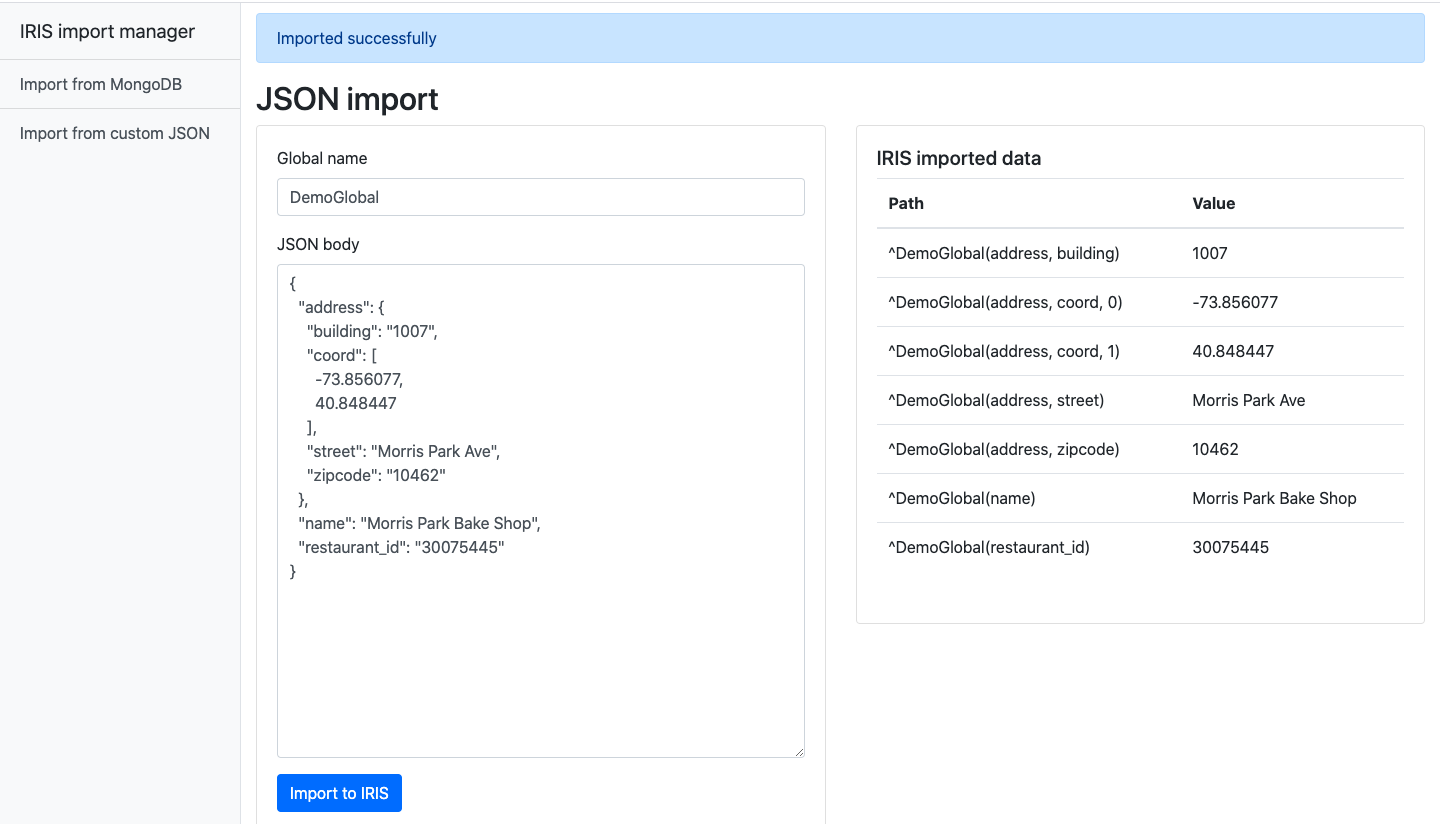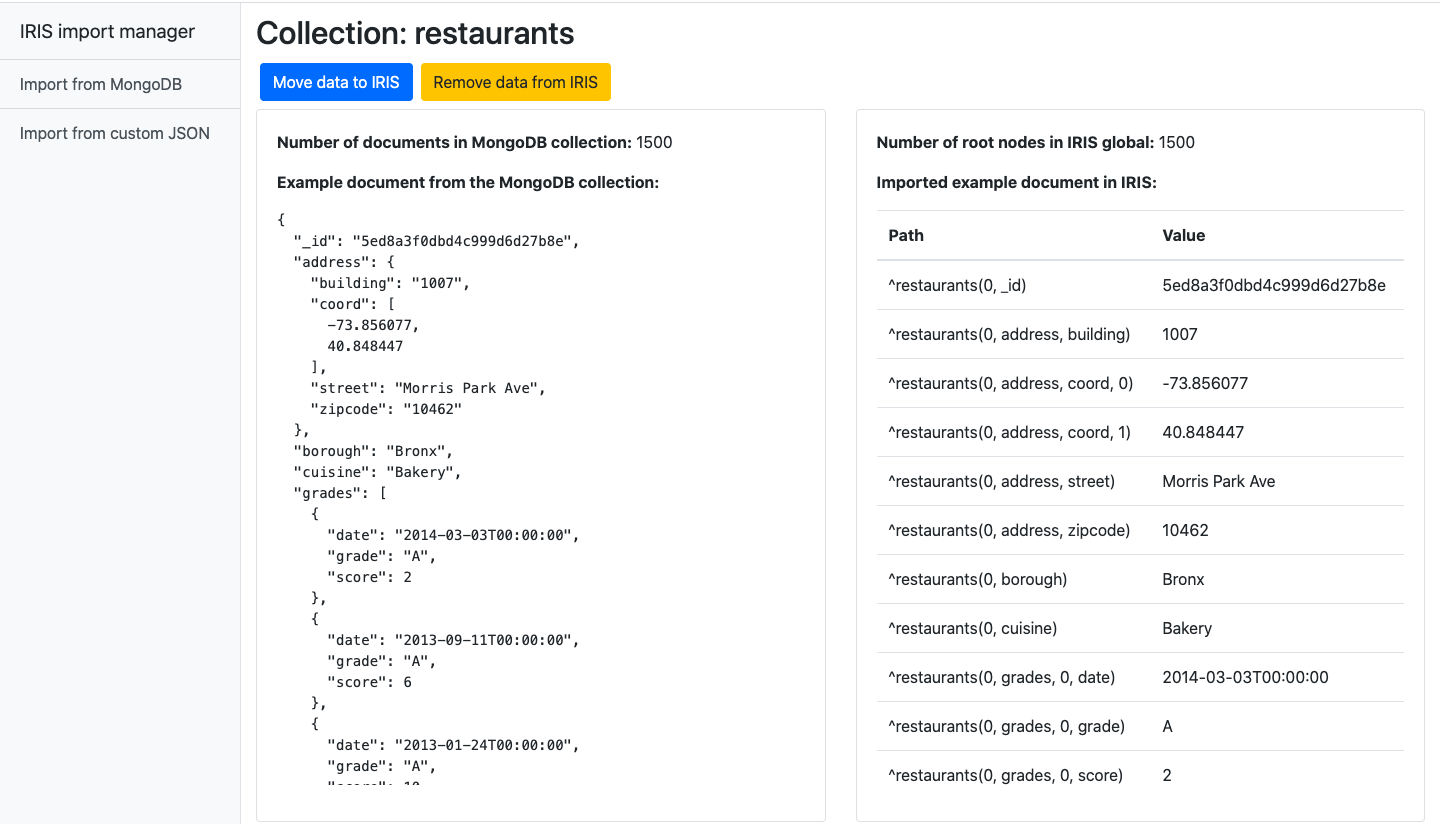If you need write your organization Data Architecture and map to the InterSystems IRIS, consider following Data Architecture Diagram and references to the intersystems iris documentation, see:
.png)
Architecture mapping:
- SQL Database: https://docs.intersystems.com/irislatest/csp/docbook/Doc.View.cls?KEY=GSQL
- Managed Files: https://docs.intersystems.com/irislatest/csp/docbook/Doc.View.cls?KEY=AFL_mft and https://docs.intersystems.com/irislatest/csp/docbook/Doc.View.cls?KEY=SETEDIGuides
- IoT Broker, Events and Sensors: https://docs.intersystems.com/irislatest/csp/docbook/Doc.View.cls?KEY=EMQTT
- Messages: https://docs.intersystems.com/irislatest/csp/docbook/Doc.View.cls?KEY=EMQS
- NoSQL: https://docs.intersystems.com/irislatest/csp/docbook/Doc.View.cls?KEY=GDOCDB
- API and Web Services: https://docs.intersystems.com/irislatest/csp/docbook/Doc.View.cls?KEY=GREST, https://docs.intersystems.com/irislatest/csp/docbook/Doc.View.cls?KEY=GSOAP, https://docs.intersystems.com/irislatest/csp/docbook/Doc.View.cls?KEY=AFL_iam and https://docs.intersystems.com/irislatest/csp/docbook/Doc.View.cls?KEY=PAGE_interoperability
- ETL: https://docs.intersystems.com/irislatest/csp/docbook/Doc.View.cls?KEY=SETAdapters, https://docs.intersystems.com/irislatest/csp/docbook/Doc.View.cls?KEY=EDTL, https://docs.intersystems.com/irislatest/csp/docbook/Doc.View.cls?KEY=EBPL and
- EAI Connectors: https://docs.intersystems.com/irislatest/csp/docbook/Doc.View.cls?KEY=SETAdapters
- XEP Events: https://docs.intersystems.com/irislatest/csp/docbook/Doc.View.cls?KEY=BJAVXEP, https://docs.intersystems.com/irislatest/csp/docbook/Doc.View.cls?KEY=BNETXEP,
- Big Data Ingestion: https://docs.intersystems.com/irislatest/csp/docbook/DocBook.UI.Page.cls?KEY=BSPK
- AI: https://docs.intersystems.com/irislatest/csp/docbook/Doc.View.cls?KEY=PAGE_text_analytics, https://docs.intersystems.com/irislatest/csp/docbook/Doc.View.cls?KEY=APMML, https://docs.intersystems.com/irislatest/csp/docbook/DocBook.UI.Page.cls?KEY=PAGE_python_native, https://www.intersystems.com/br/resources/detail/machine-learning-made-easy-intersystems-integratedml/
- Processes: https://docs.intersystems.com/irislatest/csp/docbook/Doc.View.cls?KEY=EBPL
- Corporate Service: https://docs.intersystems.com/irislatest/csp/docbook/Doc.View.cls?KEY=EESB and https://docs.intersystems.com/irislatest/csp/docbook/Doc.View.cls?KEY=AFL_iam
- In memory: https://docs.intersystems.com/irislatest/csp/docbook/DocBook.UI.Page.cls?KEY=GSCALE_ecp
- Content: https://docs.intersystems.com/irislatest/csp/docbook/Doc.View.cls?KEY=GDOCDB
- Textual: https://docs.intersystems.com/irislatest/csp/docbook/DocBook.UI.Page.cls?KEY=AFL_textanalytics
- Protection: https://docs.intersystems.com/irislatest/csp/docbook/Doc.View.cls?KEY=SETSecurity, https://docs.intersystems.com/irislatest/csp/docbook/Doc.View.cls?KEY=TSQS_Applications, https://docs.intersystems.com/irislatest/csp/docbook/DocBook.UI.Page.cls?KEY=GCDI and https://docs.intersystems.com/irislatest/csp/docbook/DocBook.UI.Page.cls?KEY=GCAS
- Inventory: https://docs.intersystems.com/irislatest/csp/docbook/Doc.View.cls?KEY=GSA_using_portal and https://docs.intersystems.com/irislatest/csp/docbook/DocBook.UI.Page.cls?KEY=GOBJ_xdata
- Privacy: https://docs.intersystems.com/irislatest/csp/docbook/Doc.View.cls?KEY=GCAS_encrypt
- IT Lifecycle, Backup and Restore: https://docs.intersystems.com/irislatest/csp/docbook/Doc.View.cls?KEY=GSA_using_portal, https://docs.intersystems.com/irislatest/csp/docbook/Doc.View.cls?KEY=GCDI_backup
- Access Management: https://docs.intersystems.com/irislatest/csp/docbook/Doc.View.cls?KEY=TSQS_Authentication, https://docs.intersystems.com/irislatest/csp/docbook/Doc.View.cls?KEY=TSQS_Authorization, https://docs.intersystems.com/irislatest/csp/docbook/Doc.View.cls?KEY=TSQS_Applications
- Replication and HA: https://docs.intersystems.com/irislatest/csp/docbook/DocBook.UI.Page.cls?KEY=PAGE_high_availability
- Monitoring: https://docs.intersystems.com/sam/csp/docbook/DocBook.UI.Page.cls?KEY=ASAM and https://docs.intersystems.com/irislatest/csp/docbook/DocBook.UI.Page.cls?KEY=PAGE_monitoring
- IT Operation: https://docs.intersystems.com/irislatest/csp/docbook/Doc.View.cls?KEY=PAGE_platform_mgmt
-
Visualization: https://docs.intersystems.com/irislatest/csp/docbook/DocBook.UI.Page.cls?KEY=PAGE_bi



